Before diving in, I’ll give you the example of GenZDealZ.ai of how we entered the campus and gained a good engagement:
We didn’t want to wait for students to visit the Play Store or hear about us from other sources. So, we went directly to them to get the ball rolling faster!
Below are the activities we conducted at Somaiya and Pillai College to boost the GenDealZ.ai application downloads.
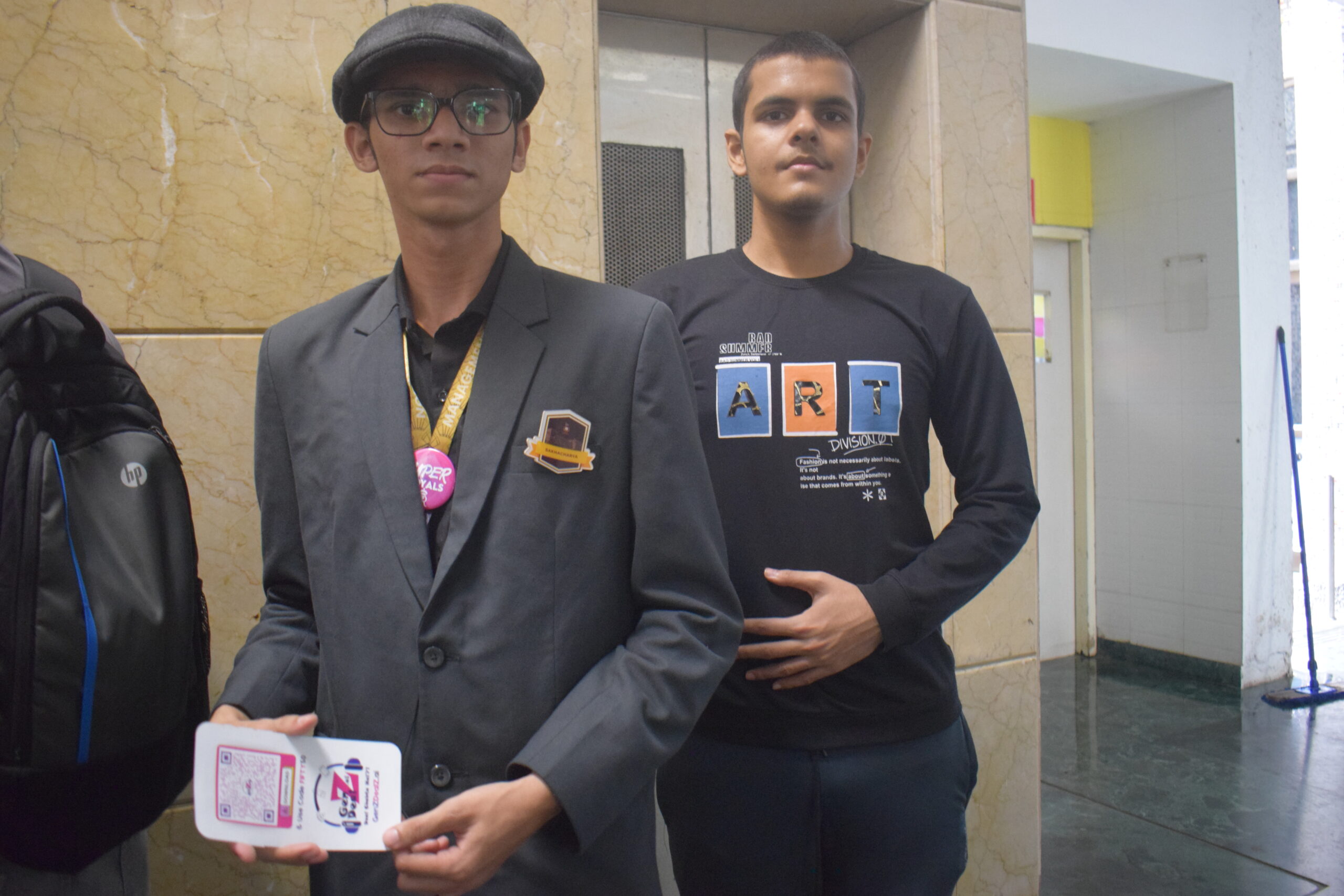
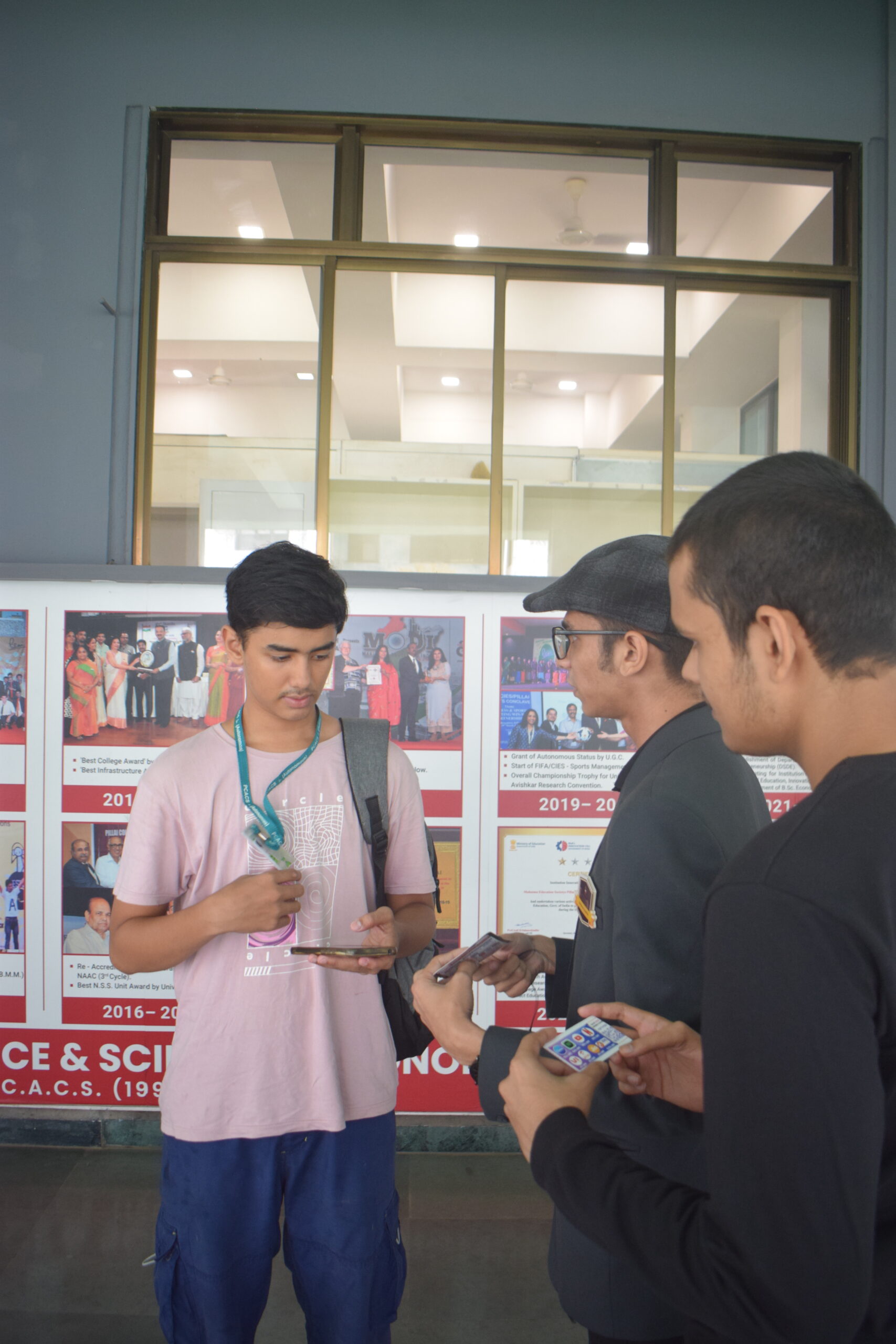
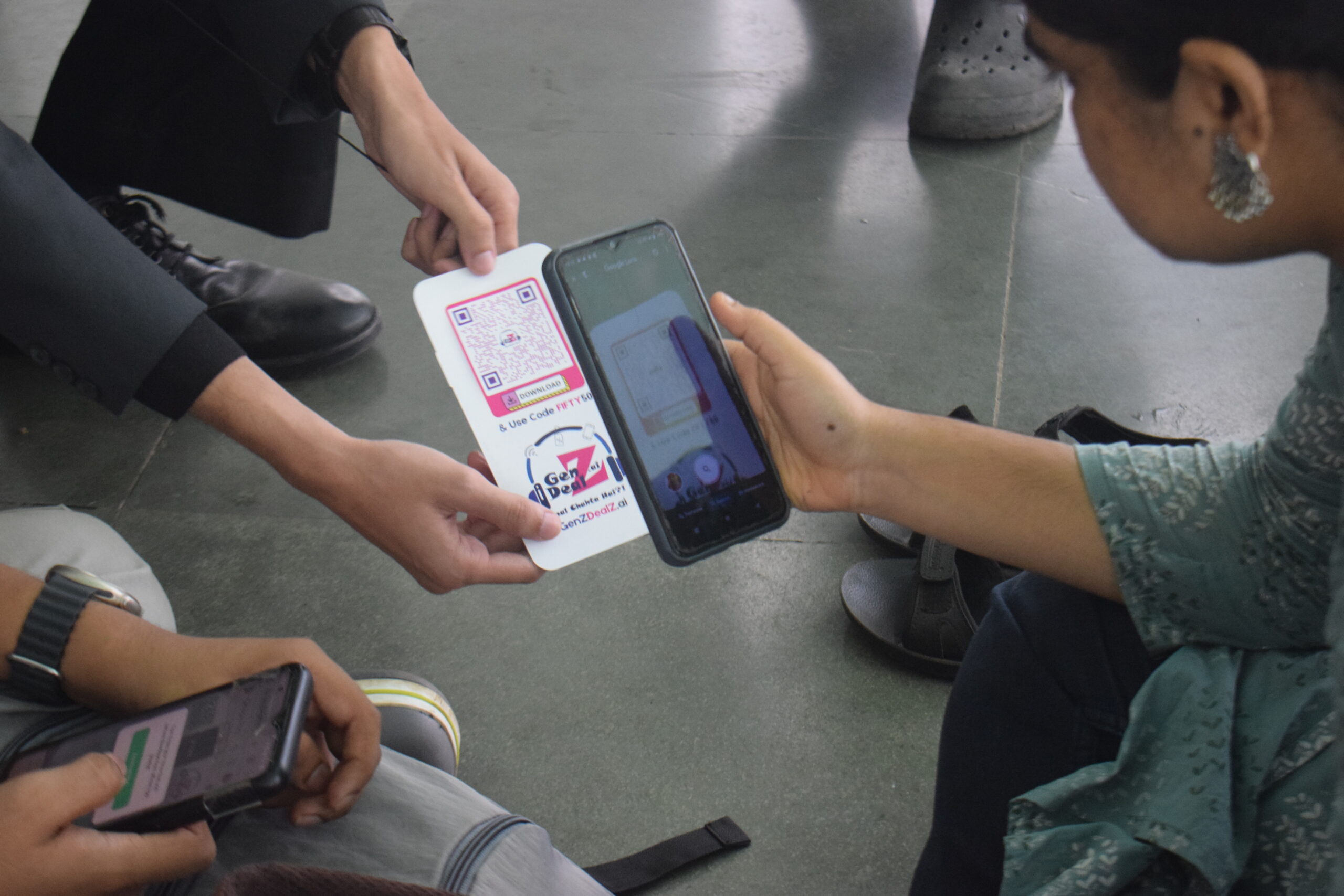
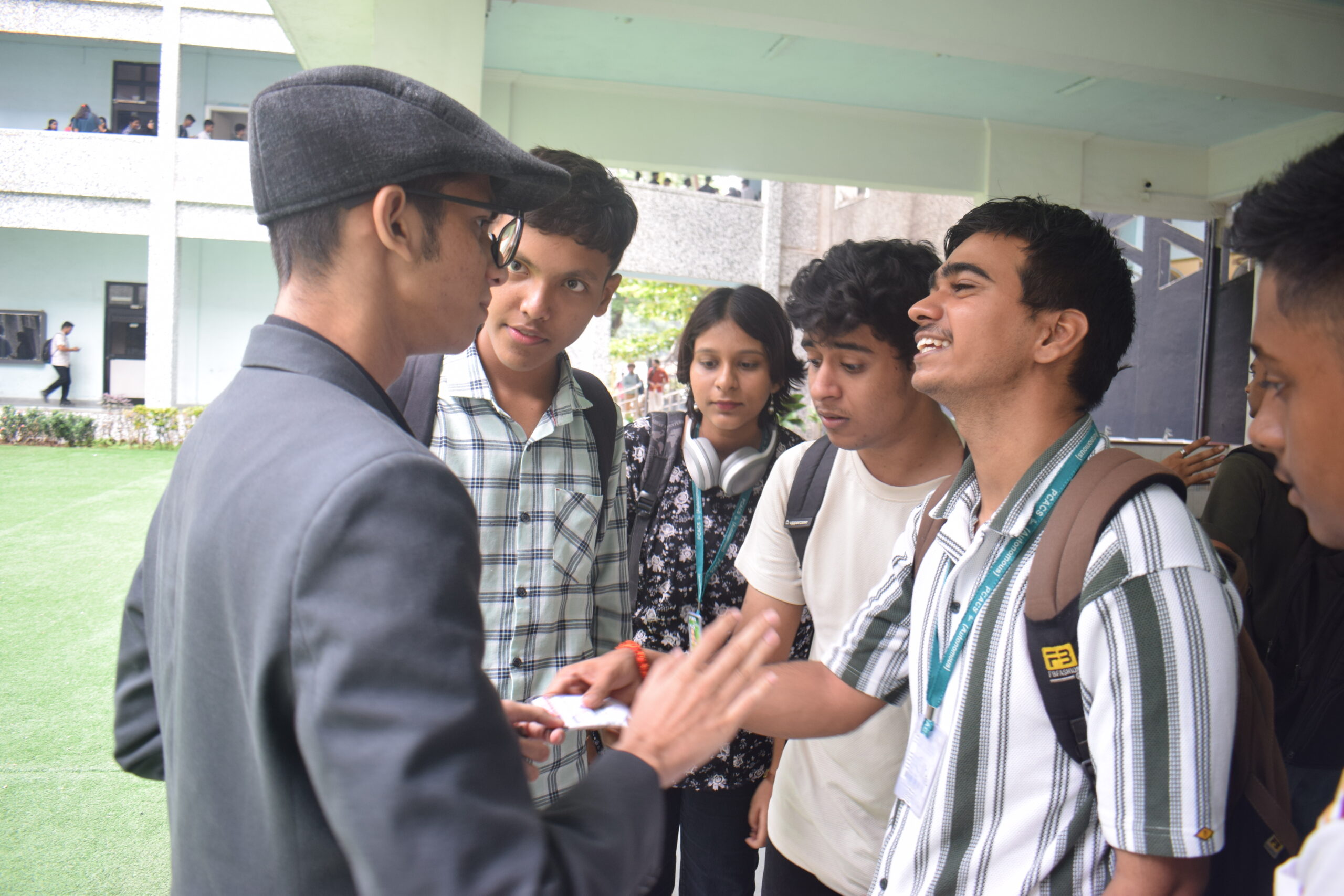

Our On-Campus Approach
-
Strategic Reach Out: We focused on reaching out to potential students on campus, both during and after lectures.
-
Peak Engagement Times: At Pillai College, we found success pitching after morning lectures (around 10 AM) when students were on break, making it easier to gather a larger crowd.
-
Group Engagement: Students often hang out with friends, which allowed us to approach entire groups for application downloads.
-
Overcoming Immediate Download Hurdles: Many students wouldn’t download the application on the spot. To counter this, we encouraged them to take a picture of the QR code to save for later download.
-
Persistence is Key: Despite various excuses for not scanning the QR code, we maintained a strong, persistent approach to encourage downloads and exploration of the app.
Our Step-by-Step Engagement Process
-
Opening Pitch: We initiate the conversation by asking, “Guys, do you do online shopping or online ordering regularly?”
-
Addressing “No” Responses: If they say no, we pivot to asking about mobile recharge or if their parents do online transactions. We then explain our application’s ongoing recharge offers.
-
Visual Appeal: We use bookmark material to showcase popular brands available on our marketplace and demonstrate additional options directly on our mobile application.
-
Call to Action & Information Handout: We guide them to scan the QR code and provide a visiting card-like page. This card highlights exciting deals, particularly Spotify and Netflix offers, which often generate significant interest.
-
Efficiency: Following this process, we can pitch our web app to at least 50 students within 30-40 minutes.
(Consider adding an image here showing the bookmark material or visiting card, or a short video clip of the pitch in action)
Common Objections and Our Solutions
-
“Wi-Fi or data isn’t working.”
-
Solution: We encourage them to take a photograph of the QR code and provide a few extra vouchers to share with friends.
-
-
“Lectures are still going, could I go?”
-
Solution: We offer a concise pitch and hand over our card to a friend, suggesting they share it in their unofficial groups.
-
-
“We are in a hurry and going for giving the paper.”
-
Solution: We suggest a quick QR scan to explore our discounting platform, emphasizing it’s built for students, and ask for their insights.
-
Key Realizations and Success Factors
-
Openness to Innovation: Students are genuinely keen to try new things and are open to saving money through deals available on our platform.
-
Targeting “Outside the Campus”: We observed that students relaxing just outside the campus are more likely to download and explore the application.
-
The “Girlfriend” Influencer: Interestingly, male students with their girlfriends showed more interest in checking out our platform, with the girlfriend often acting as an influencer!
-
Credibility Builds Trust: Mentioning credible affiliations significantly boosts engagement. For Somaiya College, we highlighted our incubation at the RIDDL Incubation Centre. At Pillai College, we mentioned the application was developed by the BBA DM department (showing our ID card), which surprised students positively as it was an “in-house” development, even better than core tech students.
-
Direct Engagement Leads to Conversion: If students find the platform genuinely interesting, they are more likely to directly share, download, and make their first transaction with us.
(Consider adding an image illustrating a positive interaction or a graphic showing the “girlfriend influencer” concept in a humorous way)
Expanding Our Reach Beyond Pitches
Beyond direct engagement, we also seek to increase our “foot in the door” through:
-
College Events & Fests: Participating in campus events and fests.
-
Offline College Activations: Conducting various offline activities on campus.
-
Seminars & Webinars: We regularly conduct seminars and webinars, and our team also visits campuses to deliver guest lectures.
-
QR Code Integration: Our application’s QR code is integrated into almost all marketing materials, making it easy for content creators to share.
Get practical examples below for quick action to your sales team.
The Strategic Foundation: Building Your College Partnership Network
Understanding the College Ecosystem
Incentive Strategies That Work



The Proposal Process: A Step-by-Step Implementation Guide
Building successful partnerships requires strategic planning and systematic execution
Phase 1: Initial Contact and Information Gathering
Once you’ve established initial connections within your target institution, the next phase involves gathering critical information and making formal contact with decision-makers. This phase requires careful research and strategic outreach to ensure your proposal reaches the right people at the right time.
Begin by identifying the specific departments or offices that would be most relevant to your solution. For EdTech products, this might include the IT department, academic affairs, student services, or specific academic departments. For career-related services, focus on career services, alumni relations, or student success offices. Understanding the organizational structure and reporting relationships within these departments is crucial for targeting your outreach effectively.
Gather as much information as possible about the institution’s current solutions, challenges, and strategic priorities. Review their website, recent news articles, and any publicly available strategic plans or annual reports. Look for mentions of initiatives that align with your solution’s capabilities, recent challenges they’ve faced, or goals they’ve announced publicly.
This was the 2 pager we used to submit with our branding during LifeVitae meeting
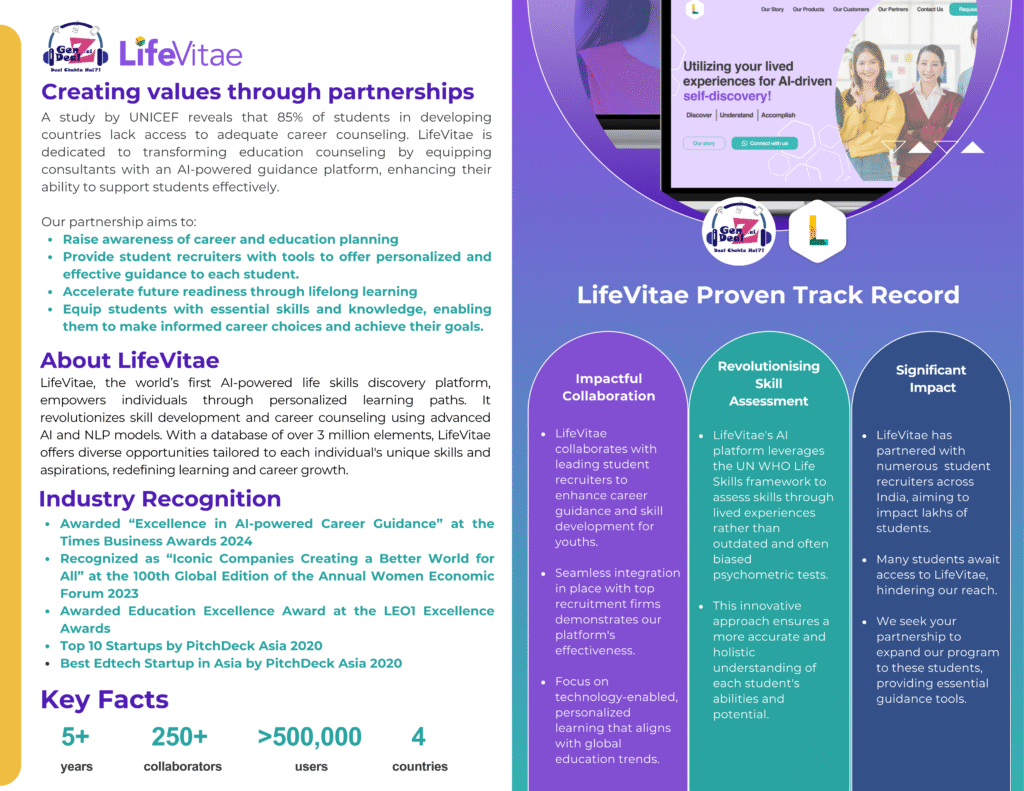
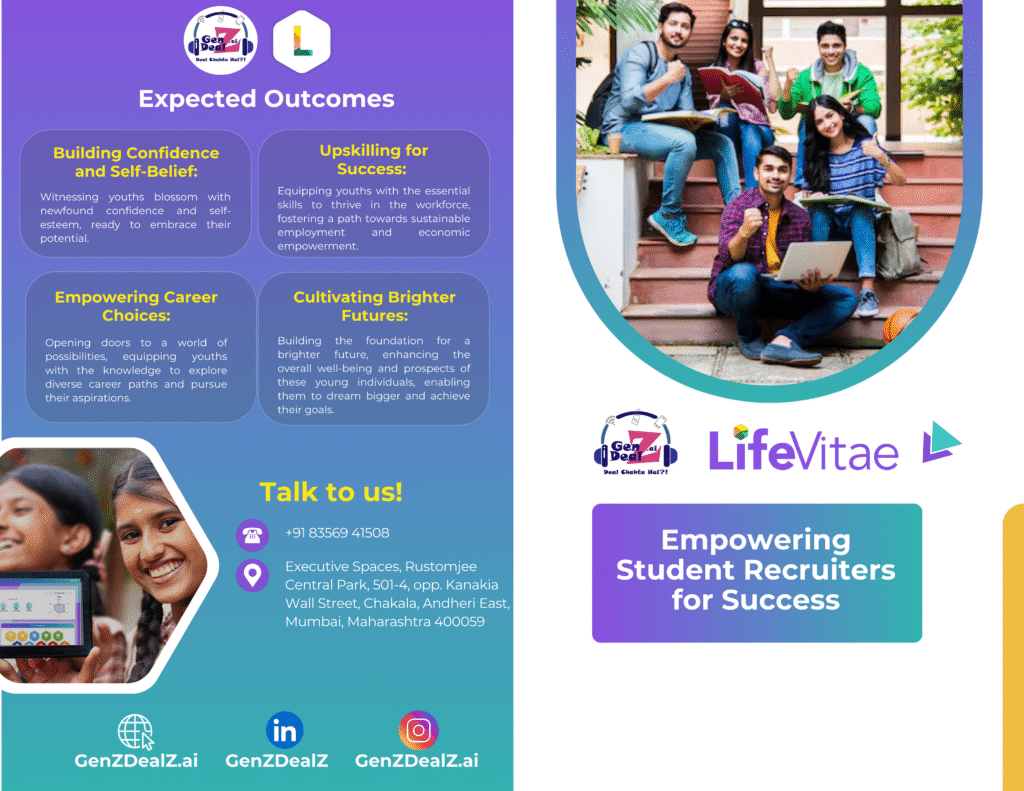
Click here to see the 900+ PAN India Campuses where GenZDealZ.ai have direct acess to
Phase 2: The Strategic First Meeting
The first formal meeting with college stakeholders is perhaps the most critical moment in the entire partnership development process. This meeting sets the tone for all future interactions and determines whether your proposal will receive serious consideration or be relegated to the “maybe later” pile.
Bring tangible materials that attendees can review and keep after the meeting. This might include case studies from similar institutions, product demonstrations, sample reports, or pilot program proposals. Physical materials create lasting impressions and provide reference points for future discussions.
Most importantly, come prepared with a formal proposal document that you can leave with the team. While you may need to make adjustments based on the meeting discussion, having a comprehensive proposal ready demonstrates professionalism and allows the evaluation process to begin immediately. This proposal should include detailed implementation timelines, pricing structures, support arrangements, and success metrics.
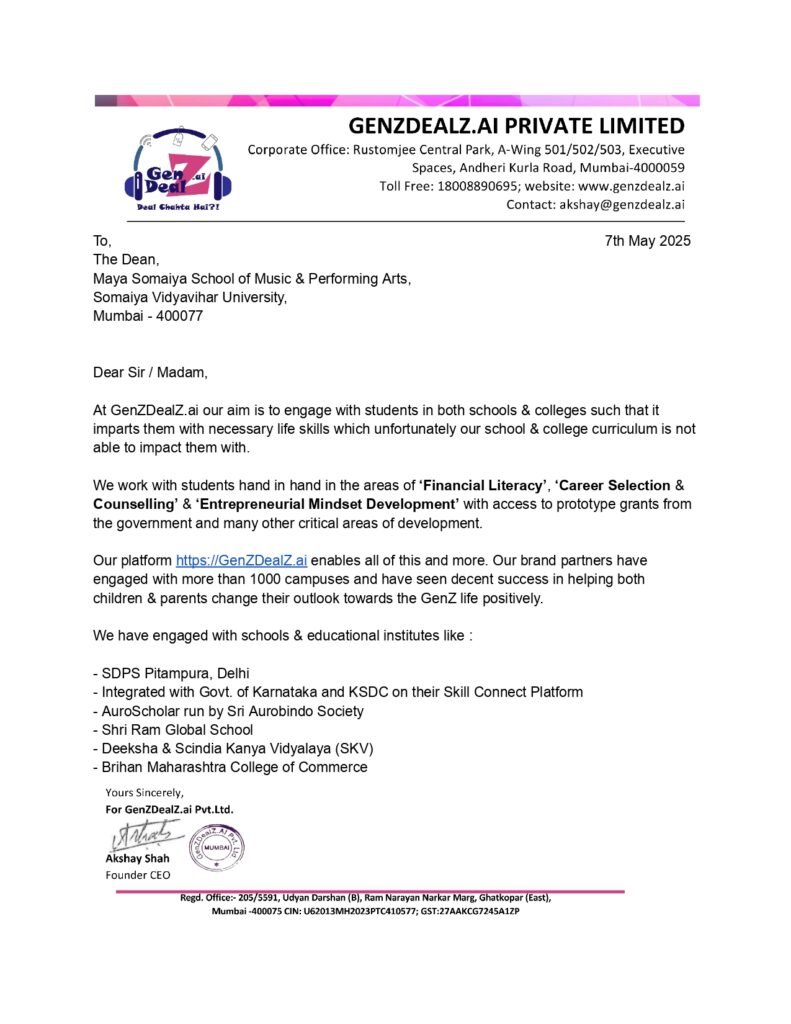

Phase 3: Proposal Submission and Documentation
Your formal proposal submission represents the culmination of all your relationship building and research efforts. This document must be comprehensive, professional, and specifically tailored to the institution’s unique needs and culture. Generic proposals that could apply to any college will not succeed in competitive evaluation processes.
Structure your proposal to address the institution’s specific challenges and goals. Begin with an executive summary that clearly articulates the problem you’re solving, your proposed solution, and the expected outcomes. Follow this with detailed sections covering implementation methodology, timeline, resource requirements, and ongoing support structures.
Include a comprehensive pricing section that goes beyond simple cost breakdowns. Explain the value proposition, return on investment calculations, and any flexible pricing options that might accommodate the institution’s budget constraints. Academic institutions often have complex budget cycles and approval processes, so providing multiple pricing scenarios can be extremely helpful.
Documentation requirements extend beyond the proposal itself. Prepare a detailed Memorandum of Understanding (MOU) template that outlines roles, responsibilities, timelines, and success metrics. Include references from similar institutions, relevant certifications or accreditations, and any compliance documentation required for working with educational institutions.
Phase 4: Strategic Follow-Up and Relationship Maintenance
The period following proposal submission is when many potential partnerships fail due to inadequate follow-up or relationship maintenance. Academic institutions often have lengthy evaluation processes that can span multiple months, and maintaining momentum during this period requires strategic and consistent communication.
Develop a systematic follow-up schedule that provides value while keeping your proposal top-of-mind. This might include sharing relevant industry reports, inviting key stakeholders to webinars or conferences, or providing updates about successful implementations at similar institutions. The key is maintaining visibility without becoming pushy or annoying.
Regular communication should focus on building relationships with multiple stakeholders rather than just the primary contact. Academic decisions often involve consensus building among various departments and individuals, so cultivating relationships across the institution increases your chances of success.
Consider implementing a multi-channel follow-up strategy that includes email updates, social media engagement, and in-person touchpoints when possible. Share success stories, industry insights, and relevant news that demonstrates your ongoing commitment to the education sector. This approach positions your brand as a thought leader and trusted partner rather than just another vendor.
Click here to see the 900+ PAN India Campuses where GenZDealZ.ai have direct acess to
Case Study: LifeVitae’s Strategic Partnership Development at Somaiya Vidyavihar University
LifeVitae’s 3-week partnership development timeline and key success metrics
Background and Strategic Context
LifeVitae’s partnership development with Somaiya Vidyavihar University provides an excellent real-world example of how strategic relationship building, systematic proposal processes, and persistent follow-up can lead to successful college partnerships. This case study demonstrates the practical application of the principles and strategies outlined in this guide.
Initial Relationship Leverage and Contact Development
The partnership development process began with leveraging existing relationships within the incubation program. Mr. Amit, LifeVitae’s SPOC (Single Point of Contact) within the incubation program, provided crucial introductions to Training & Placement Cell officers across the university system. This internal referral system demonstrated the importance of cultivating strong relationships with institutional insiders who can facilitate connections with decision-makers.
Rather than attempting to approach all seven colleges simultaneously, LifeVitae adopted a systematic approach that focused on building relationships with individual Training & Placement officers. This strategy allowed us to understand the unique needs and priorities of each college while developing tailored approaches for different institutional contexts.
The three-week relationship building phase involved multiple touchpoints with each college, including informal conversations, needs assessment discussions, and preliminary presentations about LifeVitae’s capabilities. This extended engagement period allowed both of us to develop mutual understanding and trust before formal proposal submissions.
Implementation Timeline and Pilot Program Development
Several colleges expressed interest in implementing LifeVitae’s solution during the upcoming academic year (July 2025), particularly for incoming first-year students. This timeline alignment with academic calendars demonstrated LifeVitae’s understanding of institutional planning cycles and their ability to work within academic operational frameworks.
Maya Somaiya School of Music & Performing Arts emerged as an early adopter, agreeing to conduct a demonstration session where students could voluntarily participate in assessment testing. This pilot approach provided several strategic advantages: it reduced risk for the institution, provided real-world testing data for LifeVitae, and created opportunities for student feedback and testimonials.
Click here to view the recording of the 1st demo session conducted at Maya Somaiya School of Music & Performing Arts
The pilot program structure allowed both parties to evaluate the solution’s effectiveness before committing to larger-scale implementations. This approach is particularly valuable in academic settings where stakeholders prefer evidence-based decision making and gradual adoption of new technologies or services.
LifeVitae vs PLAT Tests and Psychometric Tests Comparison
Competitive Analysis and Differentiation
During the partnership development process, LifeVitae encountered existing assessment software solutions being used by target colleges. Thakur College of Engineering’s Training & Placement Officer (Mr. Rahul Mehta) provided insights into current solutions and pricing expectations, which helped LifeVitae understand the competitive landscape and position their offering effectively.
Rather than engaging in direct price competition, LifeVitae focused on demonstrating unique value propositions and superior outcomes. They emphasized their solution’s specific benefits for career guidance and student development, differentiating themselves from generic assessment tools that might not address the specific needs of college career services.

